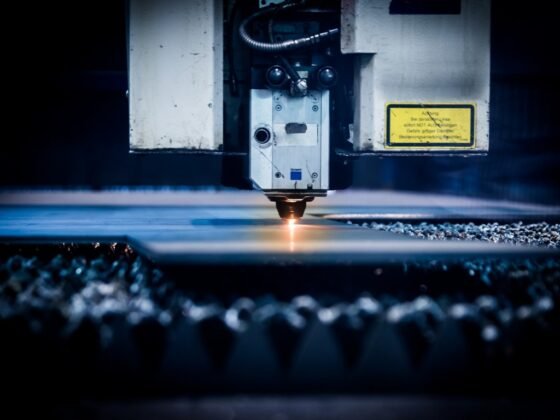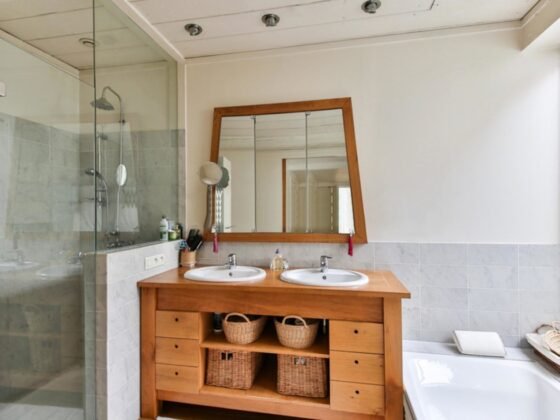Table of Contents Show
Whether you want to decorate your new home or workplace, or just want to breathe a new life into them, this article is for you.

We will introduce you to 6 important factors in interior design so that you can actualize your dream design for your living and working space.
Purpose of The Room
Basic as it seems, this is the first thing you should consider when you design your home or business place.
If your design does not suit the purpose of the room, it is just like you buy a fancy jacket on scorching summer days. Beautiful, yet useless!
Different rooms need different types of design.
Make sure to keep the purpose of the room in your mind so that you do not waste money adding unnecessary details while forgetting about important furniture.
Unity and Harmony
Even though your design changes in every room, you should follow a common style or theme in every room.
At the end of the day, every room is a part of a totality – your home. Therefore, the design in each room should complement each other to create unity and harmony in your place.
One easy way to establish unity and harmony is the colour scheme. You can pick a few colours and use different shades of them in different rooms
. Designing your place based on an aesthetic style, for example, minimalist, mid-century modern, or rustic style can give your home or business a consistent vibe.
Read Also:
Personal Taste
Of course, your place should reflect your taste and likings. Make sure to ponder upon colours, concepts, elements, and styles that you like and bring them to your design.
A right balance between personal preferences and experiences is recommended to create an individualized and well-designed living and working space.
To find this right balance, you can seek inspiration online. In some cases, consulting with a professional interior designer can give you clarity of what to do with your house.
Balance
You can create balance in your home by setting up visual weights.
For a traditional design, you can decorate your visual components symmetrically, for example, putting the same object in on both sides of a vertical axis.
This is a safe option in interior design because humans are appealed to symmetry.
Another style of balance is asymmetry. You can find this style in a more modern interior design.
To nail this style, you can put different objects with equal visual weights and attraction. This style brings freshness into your home and business; however, it is quite hard to achieve.
The last style is called radial symmetry. It is characterized by arranging objects around a focal point.
Difficult as it is, you can always challenge yourself with this style and create a mesmerizing design for your place.
Proportion
Proportion can make your tiny room feel larger and vice versa. You have to make sure the size of the furniture and objects you place in your room to be proportionate with space.
If one object is too big compared to the others, and the size of the room, it will overwhelm the whole design and prevent you from showcasing your delicate details like a sculpture or painting.
You also need to avoid unnecessary clusters. Arranging your decorations and furniture in a clear cluster can make your room look bigger because your eyes have fewer things to focus on.
Focal Point
The focal point is the antidote to boredom in interior design. It will draw the intention and stand out in the room, yet simultaneously harmonize with the design of the room.
Depending on the size, each room should have one or more than one focal point.
One can be the focus in the room when it is significant in size, for example, a television or a wall painting.
However, a colourful painting which contrasts to the neutral colour of the wall can also work the magic.
You can also use pieces of furniture like a bookshelf, sculpture, or lamp to establish a focus for your room.
Houseplants in beautiful planters have become an increasingly popular focal point in interior design.
If you want to add this type of natural focal point in your house, you should take a look at wholesale pots and planters, which vary in sizes such as rectangular, round, square planters,..), and are incredibly stylish and elegant.
You have already learnt all the theories. Now it’s time for practice. Stand up, start moving some of your furniture and objects and have fun experimenting with a new design for your place!










